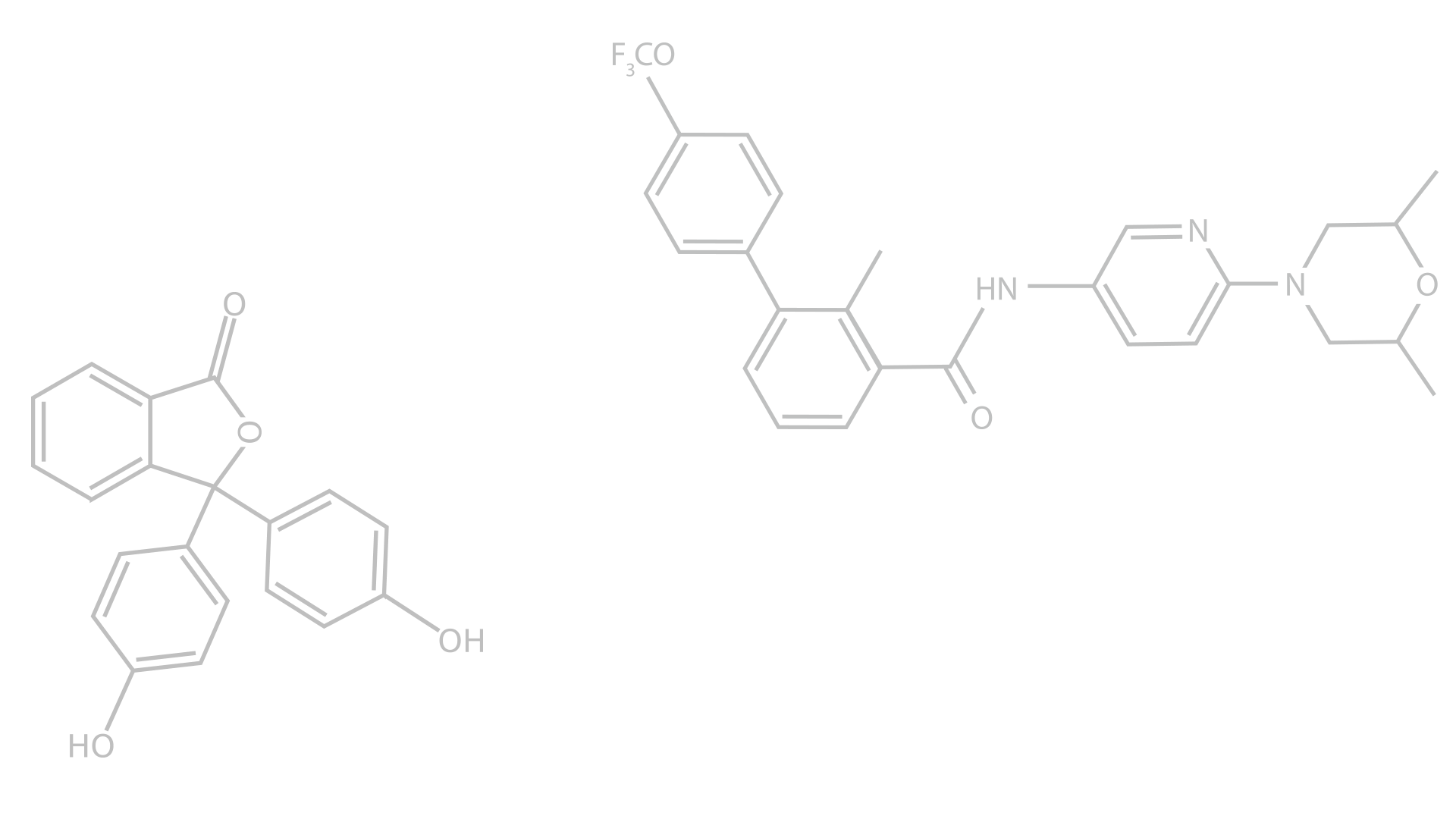


Analysing Respirable Crystalline Silica in engineered stone benchtops to ensure compliance with Australian Government regulations
What is Respirable Crystalline Silica (RCS)?
Respirable Crystalline Silica (RCS) refers to tiny silica particles that are small enough to be inhaled and reach the lungs. Silica is a common mineral found in materials like sand, stone, and concrete. When these materials are cut, ground, or drilled, they release fine silica dust into the air. Prolonged exposure to RCS can lead to serious health issues, including silicosis, lung cancer, and other respiratory diseases.
The primary minerals that count as RCS include:
Quartz: The most common form of crystalline silica, found in many types of rocks, including granite and sandstone.
Cristobalite: Formed at high temperatures and found in volcanic rock and industrial materials.
Tridymite: Less common but also formed at high temperatures and found in some volcanic rocks.
Engineered Stone and RCS
Engineered stone, also known as quartz stone, has become popular in the construction and home renovation industries due to its durability and aesthetic appeal. However, engineered stone typically contains very high levels of crystalline silica, often over 50%. When these stones are cut, polished, or drilled, they release significant amounts of RCS into the air, posing serious health risks to workers.
Australian Government Regulations on RCS
Recognizing the severe health risks associated with RCS, the Australian government has taken decisive action. In response to growing concerns and increasing cases of silicosis among workers, Safe Work Australia released a comprehensive decision regulation impact statement on the prohibition of engineered stone.
According to the decision regulation impact statement, a new limit for RCS in engineered stone has been set at 1%. This regulation includes several key measures:
Prohibition of High-RCS Engineered Stone: The use of engineered stone with more than 1% crystalline silica content is prohibited unless it is demonstrated that the risks can be managed effectively.
Licensing and Control Measures: Companies using engineered stone must obtain a license and adhere to stringent control measures to minimize RCS exposure. This includes implementing effective dust suppression techniques and ensuring proper ventilation.
Health Monitoring: Regular health monitoring of workers exposed to RCS is mandatory to detect early signs of silica-related diseases and to take preventive measures.
Why Accurate RCS Analysis is Crucial
Accurate analysis of RCS content in manufactured benchtop products is vital for several reasons:
Health and Safety Compliance: Ensuring that RCS levels are within the regulated limits helps protect workers' health and ensures compliance with WHS regulations.
Risk Management: Identifying high levels of RCS can prompt the implementation of effective dust control measures, reducing health risks.
Product Quality: Knowing the RCS content in products ensures they meet safety standards, which is essential for maintaining a good reputation and customer trust.
XRD: The Best Method for RCS Analysis
When it comes to accurately determining RCS content in a sample, X-Ray Diffraction (XRD) is the gold standard. Here's why:
Precision and Accuracy: XRD offers unparalleled accuracy in identifying and quantifying crystalline phases, including various forms of silica. This precision is crucial for reliable RCS analysis.
Non-Destructive Testing: XRD is a non-destructive technique, meaning the sample remains intact after analysis. This is especially beneficial for quality control in manufacturing processes.
Comprehensive Analysis: XRD can detect and differentiate between different crystalline silica forms, providing a comprehensive analysis of RCS content.
Regulatory Compliance: XRD meets the regulatory requirements for RCS analysis, ensuring that the results are credible and accepted by health and safety authorities.
Conclusion
Monitoring and managing RCS levels in manufactured benchtop products is essential for health, safety, and regulatory compliance. XRD stands out as the most effective method for accurate RCS analysis, offering precise, non-destructive, and comprehensive results. By leveraging XRD technology, businesses can ensure they meet the stringent Australian government regulations, protect their workforce, and maintain high product quality.
Invest in reliable RCS analysis with XRD and safeguard your workplace against the dangers of silica dust. For more information about our RCS analysis services, contact us today.
For further details on the Australian government’s regulations regarding engineered stone, you can access the full decision regulation impact statement here.
Project Gallery
